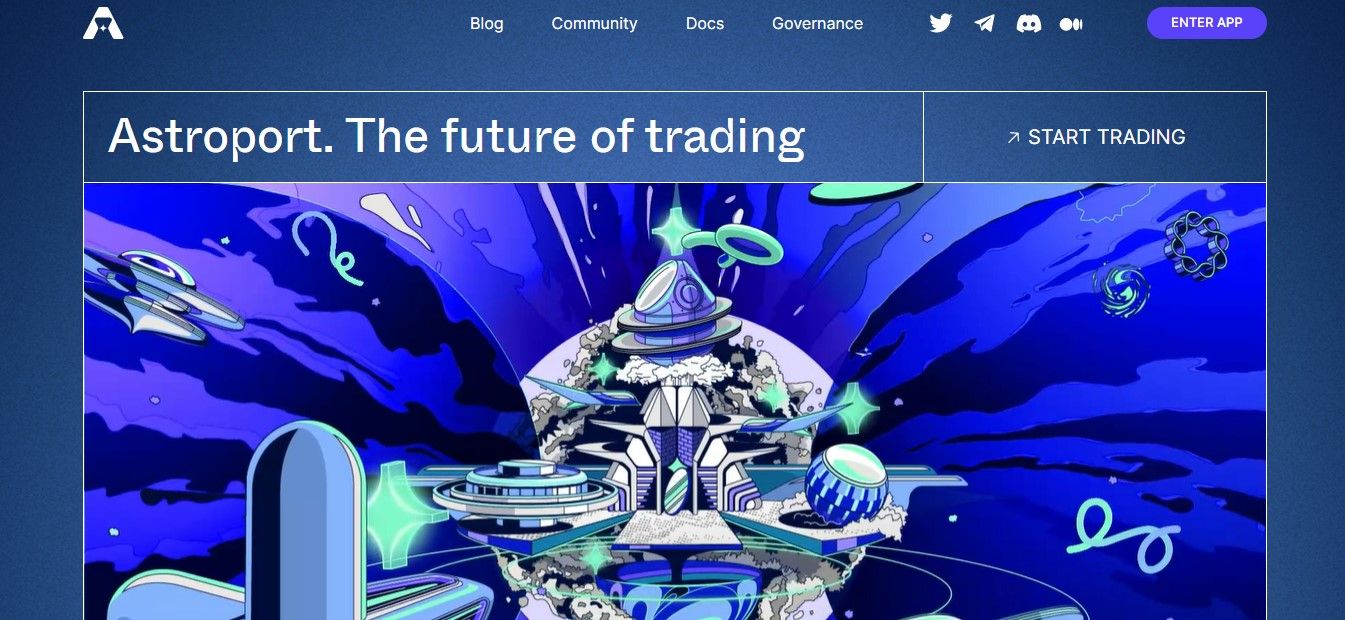Unlike an airdrop, a lockdrop streamlines the distribution of tokens. Although the two distribution mechanisms are similar, a lockdrop fosters greater network participation because the free tokens are only distributed to those genuinely interested in the activity or project.
What Is a Lockdrop?
A lockdrop is a token distribution mechanism similar to an airdrop, employed by decentralized organizations or crypto projects to share their new tokens. With this mechanism, tokens are only offered to people who indicate interest in the project by locking up their existing tokens.
For instance, you want to receive new tokens from newly-launched project A, so you offer your Ethereum (ETH) tokens to project A to be locked up for some time as an indication of your interest. After the lockup period, you’ll receive your ETH and the new tokens.
During the lockup period, your locked tokens are not burned or staked. Instead, they are only locked up securely in a smart contract to show your genuine interest in receiving the free tokens and participating in the project. This differs from what is obtainable in an airdrop, where tokens are distributed to multiple random crypto wallet addresses, usually without prerequisites or financial commitments.
Because of the streamlined nature of a lockdrop, most people who are given the new tokens are those invested in the project’s success. This could lead to a stronger network of project participants.
How Do Lockdrops Work?
Lockdropping is a method of token distribution where interested parties provide tokens to indicate interest in the future or new tokens that will be delivered when the lock period ends. The tokens to be locked are usually a predetermined cryptocurrency, like Ether (ETH). And the agreement is typically sealed by a smart contract, which mints new tokens based on the locked tokens.

Your locked tokens can neither be transferred nor resold until the lock period elapses, as defined in the smart contract binding the lockdrop. After the lock period, which can span several months or years, the locked tokens are released. The value of the tokens may increase or decrease during the lock period. This is usually due to the project’s success and market volatility.
The promised tokens are distributed proportionally to all network participants according to the value they offer the network. Typically, the number of new tokens you’ll receive will be influenced by the number of tokens you lock up and how long you lock them.
How Lockdrops Are Different from Airdrops
Although lockdrops and airdrops are mechanisms for distributing tokens, they work differently.
Airdrops are often used to increase project awareness. An airdrop distributes tokens to a specific group of people, usually for free. Airdropped tokens may or may not be locked; if they are locked, the lock period will likely be shorter than a lockdrop.
A lockdrop, on the other hand, is a distribution mechanism where participants offer a specified cryptocurrency to be locked in exchange for future project tokens. Locked tokens are typically restricted from being transferred for a certain period. A smart contract attached to the participation determines the lock period’s duration. The expected new tokens are usually delivered after the project funding is successful.
In a lockdrop, you are investing, expecting locked future tokens, while in an airdrop, you receive free tokens that may or may not be locked.
Benefits of Lockdrops
Lockdrops are gaining massive traction because of the vast benefits they offer you as a participant or founder of a project.
1. Distribution to More Interested Participants

Most cryptocurrencies look to build a strong decentralized network and often employ different mechanisms to achieve this. For example, a lockdrop is one of the mechanisms you can use to distribute tokens to more genuinely interested people, thereby creating a stronger decentralized network.
2. Aligned Incentives
By locking the tokens for a certain period, the token holders are encouraged to hold on, look forward to, and contribute to the advancement of the token project. This way, the token increases in value, the holders gain, and the project is successful. The possibility of a maximized return on investment (ROI) is more than enough to incentivize most contributors to participate in a lockdrop.
3. Low Barriers to Entry
Lockdrops often have low barriers to entry, as participants only need to contribute a small amount of cryptocurrency to participate. This can make it more accessible to a wider range of people, thus expanding its reach. Also, lockdrops are usually seamless, as only a cryptocurrency wallet is required apart from the tokens.
4. Theft Protection

Since projects using lockdrops are new, there is a risk that an attacker could steal your tokens. However, lockdrop participants will maintain their existing tokens, as the smart contract usually holds the time-locked tokens of participants. The existing tokens are secure as the value isn’t stored.
2 Popular Lockdrops Examples
Several blockchain lockdrops in the cryptocurrency and blockchain space have taken place in recent years. Many popular projects took off with lockdropping, or incorporated it as they progressed.
1. Edgeware

In 2019, Commonwealth, a governance startup, launched a lockdrop to distribute EDG tokens, a utility token for Edgeware, a smart contract platform. Edgeware, Commonwealth’s product, was created to manage, fund, and build decentralized communities, and its launch heralded the lockdrop method.
Parties interested in holding EDG had to hold Ether (ETH) to participate in the lockdrop. 90% of the five billion EDG tokens created were distributed through the lockdrop. And participants received EDG tokens based on how many Ether tokens they locked up and how long they were locked up. Participants could lock their tokens for three months, six months, or a year or connect the wallets holding their ETH to signal the chain—this was the least lucrative lockup option.
2. Astroport

In December 2021, Astroport launched a lockdrop to distribute 7.5% of 1 billion ASTRO tokens. Seventy-five million ASTRO tokens were given to users who locked Terraswap LP tokens for a trial period.
In the seven days of the lockdrop, Astroport reported that 23,379 unique Terra wallet addresses deposited over 1 billion Terraswap LP tokens. In addition to reclaiming their tokens and receiving ASTRO tokens, participants of the lockdrop became founding members of the Astral Assembly, Astroport’s governing body.
Hop on the Lockdrop Train
Lockdrops demonstrate that projects can comprise only people who are genuinely interested in the project. This token distribution mechanism will most likely gain even more traction with time, as it ensures that new, free tokens only reach useful participants willing to invest in the project’s success.



